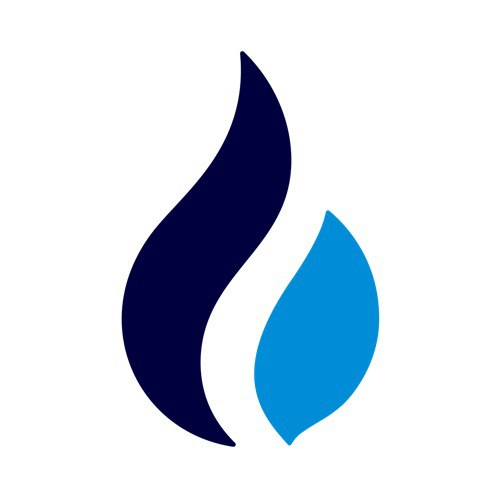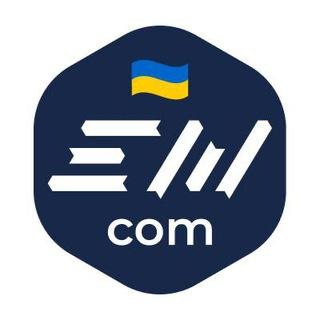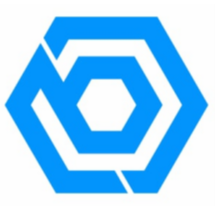
DOT
项目开始时间

2019年5月5日
关于
1. Background IntroductionPolkadot is a next-generation blockchain protocol that enables interoperability between multiple blockchains. Founded by Dr. Gavin Wood, a co-founder of Ethereum, Polkadot aims to create a decentralized web where independent blockchains can exchange information and transactions in a trustless manner. The project was launched in 2016 and has since grown into one of the top blockchain ecosystems in the cryptocurrency space.2. Core Website ContentThe Polkadot website primarily focuses on educating visitors about its multi-chain architecture. Key sections include: An overview of Polkadot's relay chain and parachains, developer resources for building on Polkadot, documentation about the Substrate framework, information about the DOT token, and updates about ecosystem projects. The site also features a blog with technical updates and community announcements.3. Technical FeaturesPolkadot's technical innovations include: Heterogeneous sharding through parachains, shared security model, forkless upgrades via on-chain governance, cross-chain messaging (XCMP), and the Substrate framework for easy blockchain development. The network uses a hybrid consensus mechanism combining BABE for block production and GRANDPA for finality.4. Token EconomicsThe DOT token serves three main functions: Governance (holders can vote on network upgrades), Staking (for network security and earning rewards), and Bonding (to connect new parachains). The total supply is not capped, with inflation designed to incentivize staking. Approximately 10% of the total supply goes to the treasury, funded through transaction fees and inflation.5. Competitor ComparisonCompared to similar projects: Cosmos focuses more on sovereignty with its zones, while Polkadot emphasizes shared security. Ethereum 2.0 is more monolithic compared to Polkadot's heterogeneous sharding. Avalanche uses a different consensus mechanism (Snowman). Polkadot's main advantage is its flexible architecture and strong developer tools through Substrate.6. Risks and ChallengesKey challenges include: Competition from other interoperability solutions, complexity of the technology potentially limiting adoption, parachain slot auctions creating barriers for smaller projects, and the need to maintain decentralization as the network grows. Regulatory uncertainty around DOT's classification also presents a risk.7. Industry FuturePolkadot is well-positioned for a future where multiple specialized blockchains need to interoperate. Its technology could become crucial for enterprise blockchain adoption and Web3 development. Success depends on parachain adoption, developer activity, and the network's ability to scale while maintaining security and decentralization.8. SummaryPolkadot represents an ambitious attempt to solve blockchain interoperability through innovative sharding and governance mechanisms. Its technical sophistication and strong founding team give it significant potential, though the complexity of its design and competitive landscape present challenges. The project's success will largely depend on ecosystem growth and real-world adoption of its multi-chain architecture. 更多>



























































 看多
看多
 看空
看空